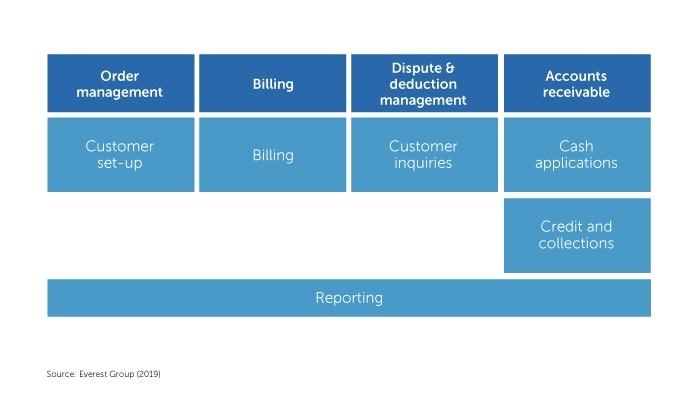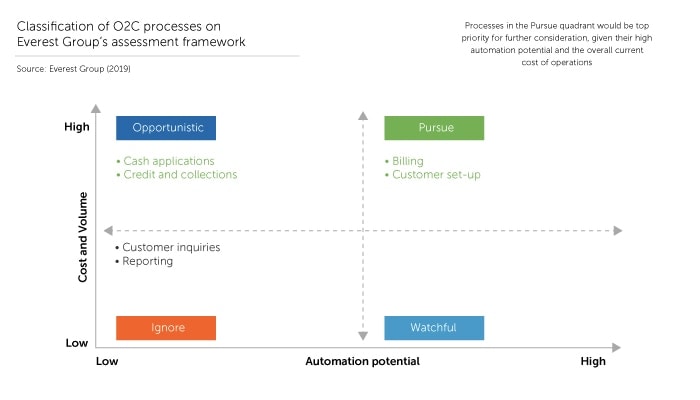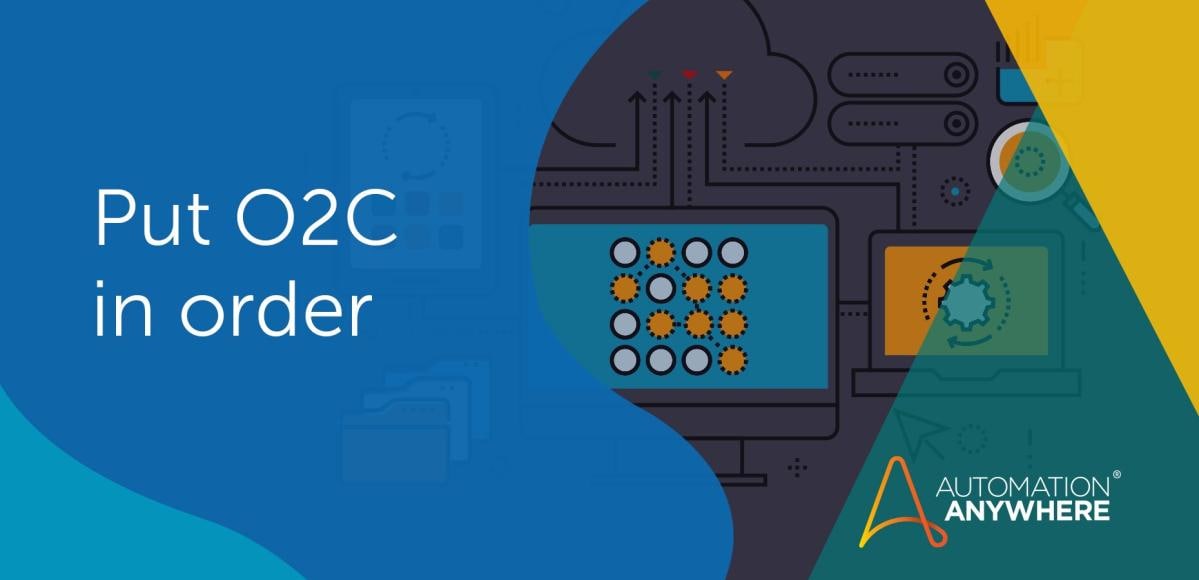- Login
- Search
- Contact Us
-
Have a question? Our team is here to help guide you on your automation journey.
-
Explore support plans designed to match your business requirements.
-
How can we help you?
-
- AI
AI Without the Hype From pilot to full deployment, our experts partner with you to ensure real, repeatable results. Get Started
- Automation Anywhere AI
-
- Solutions
Featured Agentic Solutions
Accounts Payable Invoice automation—No setup. No code. Just results. Accounts Payable
Customer Onboarding Scale KYC/AML workflows. Customer Onboarding
Customer Support Keep queues moving, even at peak load. Customer Support
Healthcare RCM Revenue cycle management that runs itself. Healthcare RCM
- Products
Platform Features
- Agentic process automation (APA)
- Robotic Process Automation (RPA)
- View all Products
-
- Resources
Get Community Edition: Start automating instantly with FREE access to full-featured automation with Cloud Community Edition.
Featured
 Named a 2025 Gartner® Magic Quadrant™ Leader for RPA.Recognized as a Leader for the Seventh Year in a Row Download report Download report
Named a 2025 Gartner® Magic Quadrant™ Leader for RPA.Recognized as a Leader for the Seventh Year in a Row Download report Download report- Become an Expert
- Developer Tools
- Get Support
- View all resources
-
- Partners
Find an Automation Anywhere Partner Explore our global network of trusted partners to support your Automation journey Find a Partner Find a Partner
- Find a Partner
- For Partners
-
Blog
Identifying Automation Opportunities for Order-to-Cash
Order-to-cash (O2C) refers to a company’s order processing system. In general, it starts with receiving an order from a customer for a product or service. The order is then fulfilled and shipped. If payment was not received at the time of the order, an invoice is generated and sent to the customer. Payment is received from the customer, and the transaction is recorded in the company’s ledger.
Although O2C is critical to a company’s bottom line, the process is handled manually, which can be cumbersome, resource- and time-consuming, and error-prone. Those issues can slow the process, affecting Days Sales Outstanding (SDO), cash flow, compliance, and customer satisfaction.
For that reason and others, many companies are turning to intelligent automation that combines Robotic Process Automation (RPA), artificial intelligence (AI), and analytics to streamline and accelerate the process. Automation can enhance efficiency, eliminate human errors, reduce related costs, and free up human workers to focus more on higher-level activities such as handling customer questions and issues, according to a new report by the Everest Group.
The diagram below summarizes how the Everest Group views business processes within order-to-cash.

The four quadrants of automation opportunities
The Everest Group evaluated all of these processes using a proprietary methodology to assess the suitability for automation. Named the “Enterprise Value Chain Approach” (EVCA), this five-step methodology helps businesses identify business processes, analyze each process, spotlight high-value opportunities for automation, and define metrics to prioritize those opportunities.
Using EVCA scores, processes are divided into the following four quadrants based on cost savings potential and overall automation potential:
- Pursue: Processes that score high on cost savings potential and automation potential fall into this quadrant. These are the highest priority processes to automate.
- Opportunistic: Processes score high on cost savings, but low on automation potential, should be automated only on an “opportunistic” basis. Such opportunities should be pursued only when a use case presents itself during the regular course of business operations where the benefits outweigh the costs.
- Watchful: The processes in this quadrant return relatively little value but are easy to automate. These lower-priority processes can be automated when budget/resource capacity allows for it.
- Ignore: These are difficult to automate with not as much value.

Companies that employ automation for O2C could achieve ROI of up to 200% in the first year. In this blog article, we will take a look at two promising processes in the “pursue” automation category for O2C—customer set-up and billing—and show how automation can be applied.
The challenges of customer set-up and billing
There are many manual touchpoints in the traditional O2C process, especially in the “pursue” quadrant. They include setting up or updating a customer account. For example, once an order is placed, an order form is filled out with customer information and entered by human workers into the company’s enterprise resource planning (ERP) or finance system, with the potential for inefficiencies and errors.
Billing can also be a manual, imperfect experience with a traditional O2C process, including printing and mailing paper invoices. The use of paper and the mail can be costly, cause delays, and may be incompatible with customers’ invoice processing systems if the customers have switched to a digital solution.
Add to those potential issues, in many cases, customer information arrives unstructured in emails, faxes, USPS, or over the phone. And even if a company has an automation solution, not all automation solutions can process unstructured data, so it remains a manual process.
The benefits of automation for customer set-up and billing
Customer set-up such as registration and master data maintenance (updates) can be automated and integrated with the billing process for a smooth, accelerated workflow. Invoices can be generated digitally and then delivered by the customer’s preferred channel such as email, mail, or fax.
With an intelligent automation solution that features Robotic Process Automation, artificial intelligence, and analytics, unstructured and structured information from multiple sources can be read, analyzed, and processed. Customer insights can be gathered and potential billing issues can be identified based on past data.
All that can be accomplished without human invention. Automation can help with the “pursue” tasks to:
- Increase processing speed and accuracy
- Lower associated costs
- Reduce paper trails with digital invoices, statements, and payment reminders
- Boost customer satisfaction by providing efficient, timely, error-free service
- Improve cash flow, transparency, and compliance
- Free employees for higher-value tasks
See how intelligent automation can help improve your O2C.
Start Automation with the Free Everest Report.
About Brinda Sreedhar
Get to know the Agentic Process Automation System.

For Students & Developers
Start automating instantly with FREE access to full-featured automation with Cloud Community Edition.



